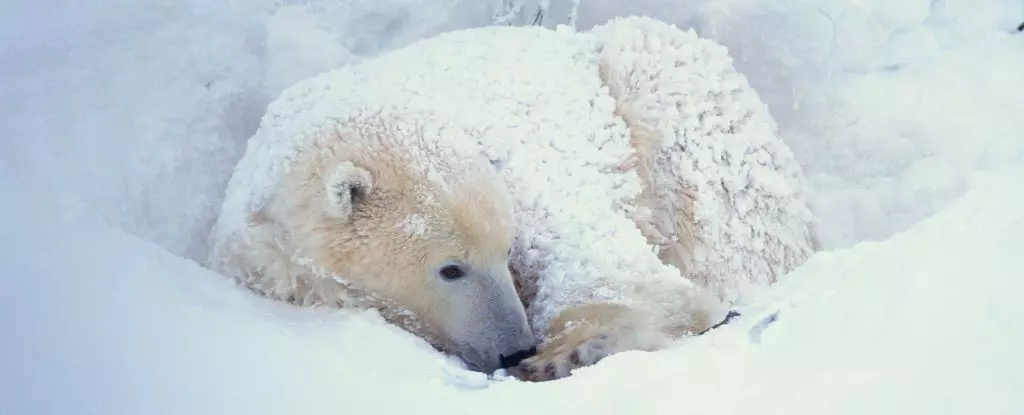Climate change poses a serious threat to the survival of polar bears. However, these majestic creatures now face an additional deadly challenge: bird flu. A recent incident confirmed that a polar bear from northern Alaska succumbed to the disease. This has raised concerns about the implications for the wider polar bear population, as well as other large mammals and humans. In this article, we will explore the adaptability of influenza viruses, the potential transmission routes, and the consequences of the polar bear’s death.
Influenza viruses possess a remarkable ability to adapt. Their genetic code is relatively simple but can change randomly through mutation and reassortment. Reassortment occurs when closely related viruses within the same host cell exchange genetic material, leading to the emergence of novel genomes. The current strain of H5N1 influenza, unlike any previously recorded strain, has affected a wide range of species, including mammals such as foxes, otters, mink, sea lions, and seals. While cases have been detected in humans, they have generally exhibited mild symptoms or remained asymptomatic.
Avian influenza viruses typically require specific genetic changes to become adapted to mammalian hosts. Although such changes have not yet been detected in the current H5N1 strain, it is possible for individual-to-individual transmission to occur within some mammalian species. However, vertical transmission, where the virus is transmitted through consumption, cannot be ruled out either. Many infected mammals, particularly carnivores and scavengers, have been found in association with an outbreak of H5N1 in birds. The rapid spread of the disease among seals and polar bears, for example, could be attributed to their consumption of infected bird carcasses.
The implications of the polar bear’s death for the wider polar bear population and other large mammals remain uncertain. Genetic testing of the H5N1 strain found in the polar bear may provide insights into its adaptability to mammalian hosts. If the strain remains poorly adapted, we might expect few additional cases in polar bears, with any new cases closely linked to outbreaks in nearby seabird colonies. However, ongoing surveillance of the H5N1 strain is crucial as influenza viruses are highly adaptable. There is a possibility of a new variant emerging that could be adapted to mammalian hosts, including humans.
H5N1 has had devastating consequences for populations of some seabird species. Failure to respond appropriately to a mammal-adapted variant of H5N1 could have severe implications for polar bears and potentially for humans. Therefore, it is crucial to continue monitoring and preparing for the emergence of novel variants of the virus. By understanding the transmission routes, genetic changes, and potential host adaptation, we can develop strategies to mitigate the spread and impact of bird flu.
Climate change remains a significant threat to the survival of polar bears, and now they must also confront the challenge of bird flu. The adaptability of influenza viruses and their potential transmission between species raise concerns for both wildlife and humans. The polar bear’s death from H5N1 highlights the need for ongoing surveillance and preparedness to mitigate the consequences of future viral outbreaks. By understanding the unique challenges presented by climate change and infectious diseases, we can work towards protecting these iconic creatures and ensuring a sustainable future for all.


Leave a Reply